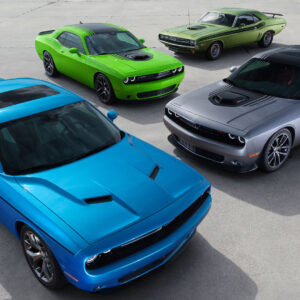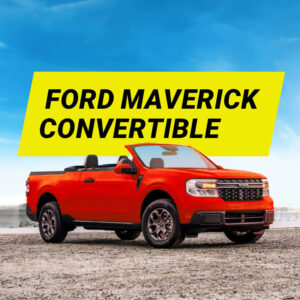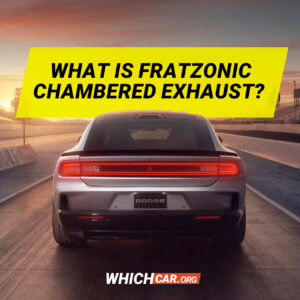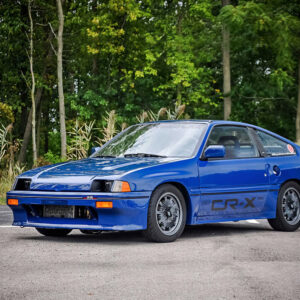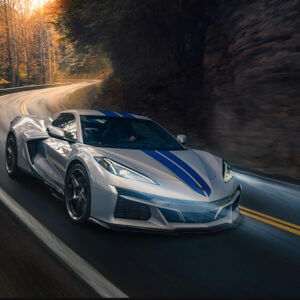Car Companies That Were Killed Off in the 21st Century
Join us as we take a closer look at the automotive industry's casualties in the new millennium.
Updated: November 16, 2023 // Did You Know?
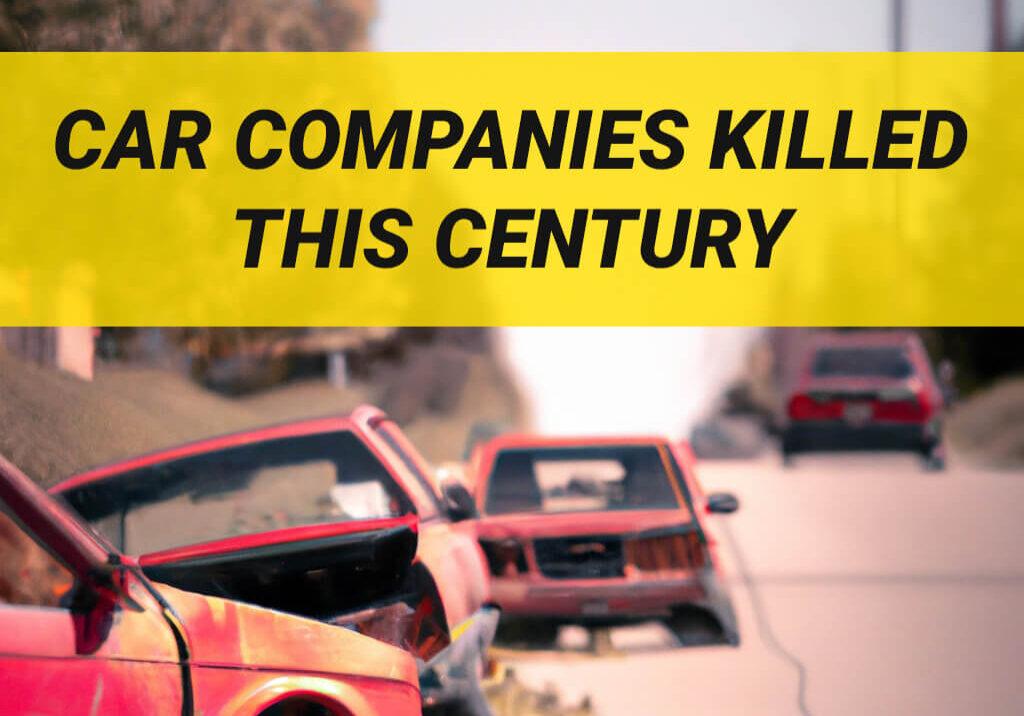
Home // Did You Know? //
In the 21st century, several beloved car brands have met their demise, and today we will explore each automaker that has fallen during this time. We’re gonna dive deep into why brands like Saab and Pontiac crashed and burned, and ask the tough question – did they really deserve to bite the dust?
At the beginning of this century, America reigned supreme as the world’s leading automaker. This was largely due to the country’s car-centric design and the widespread ownership of cars. However, simply being American wasn’t sufficient; cars needed to be of high quality to succeed.
If a car company failed to sell and generate profits, it would face inevitable demise.
1. Plymouth
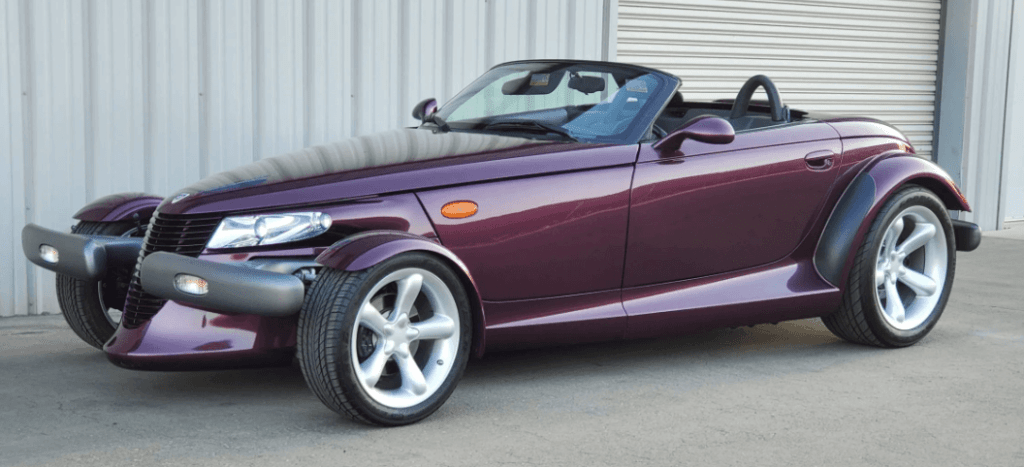
The first victim of 21st-century Automotive economics was Plymouth. Founded in 1928 as Chrysler’s low-cost alternative, Plymouth helped the company survive the Great Depression with its affordable vehicles. Back in ’55, Plymouth rolled out some real head-turners like the Fury, a beast packed with a beefy 5.2-liter V8 that turned everyday folks into speed junkies. The brand really made its mark as a muscle car powerhouse when it dropped iconic whips like the Barracuda and Superbird – both NASCAR legends.
However, Plymouth’s downfall began in the 1990s when it started badge engineering its cars. Basically, Plymouth was just taking bits and pieces from other Chrysler cars, slapping a new label on them, and calling it a day. But this watered down what made Plymouths special. Additionally, as the 2000s approached, Plymouth attempted various brand pivots to redefine its identity. It even invested heavily in the Plymouth Prowler, a retro-modern roadster designed by Chip Foose. Unfortunately, the Prowler’s cool looks couldn’t make up for its weak engine and steep sticker price. Plymouth’s final cars, such as the Breeze and PT Cruiser, were uninspiring sedans that failed to captivate buyers. In 2001, Plymouth produced its last vehicle, marking the end of the brand.
2. Pontiac
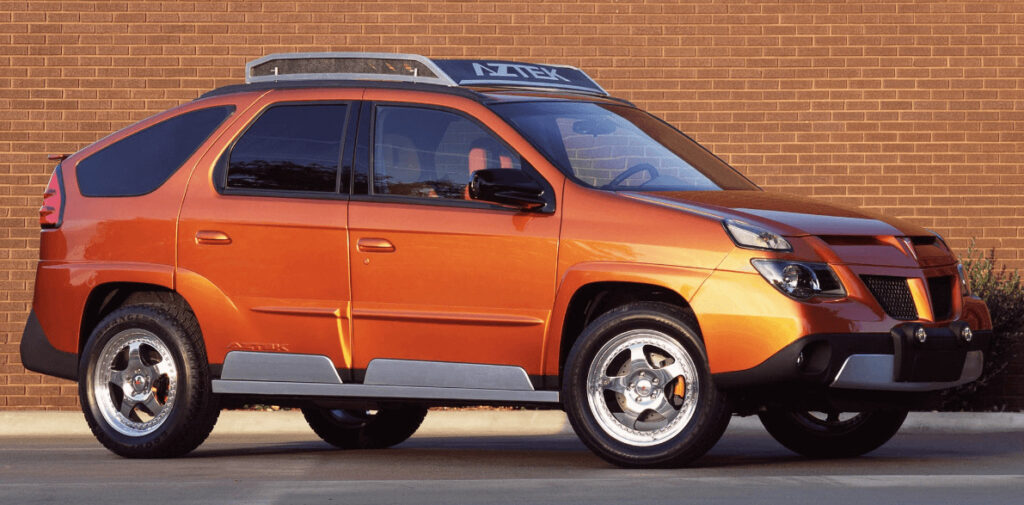
Pontiac, a brand that had its roots in 1926 as a luxury alternative to Chevrolet, transformed into a performance division under the leadership of John DeLorean in the 1960s. Pontiac, over its history, crafted legendary beasts like the Bonneville, Trans Am, GTO and Firebird – all hallmarks of America’s muscle car era. However, Pontiac’s success waned in the 1990s and 2000s when it introduced unconventional models like the Aztek and Solstice, discontinuing more iconic models like the Firebird. Despite initial plans to retain Pontiac with a niche lineup, GM eventually had to shut down the brand and move on.
3. Oldsmobile
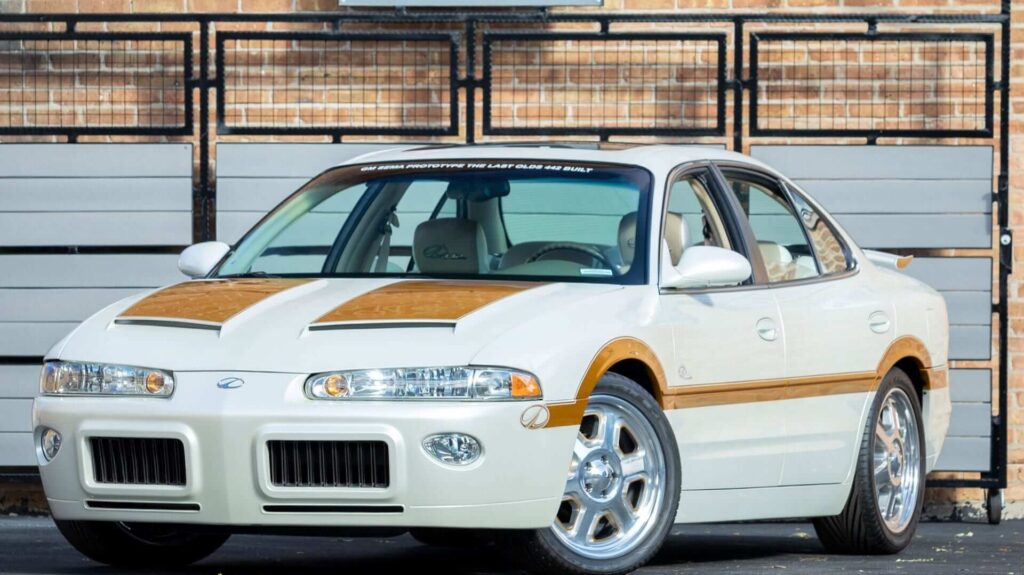
Another iconic car manufacturer that met its demise was Oldsmobile. Originating from the dawn of the 20th century, Oldsmobile was a car brand celebrated for its adventurous spirit and commitment to powerful innovation. Models like the Rocket 88 and Starfire garnered popularity, but by the early 1990s, the brand faced an image problem. Competitors like the Nissan Altima and Honda Accord offered better reliability and performance, eroding Oldsmobile’s appeal. Even with the launch of the Alero, Oldsmobile couldn’t seem to bounce back and reclaim its previous shine. In 2004, the last Alero rolled off the production line, marking the end of Oldsmobile.
The car industry took a major hit from the 2008 financial meltdown. To prevent further economic devastation, the government bailed out General Motors (GM) and Chrysler, saving an estimated one million jobs. But, this rescue didn’t come free – both GM and Chrysler had to ditch some legendary car brands as part of the deal.
4. Mercury
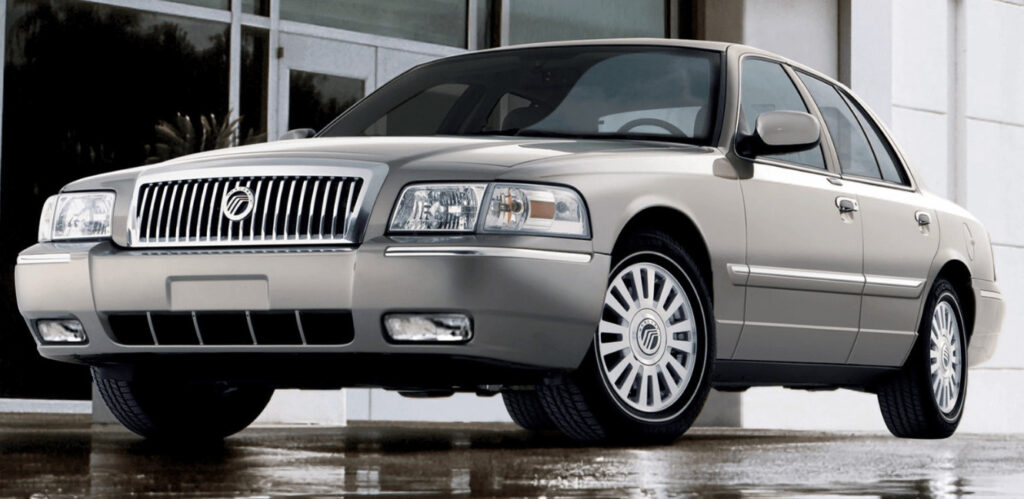
Positioned between Ford and Cadillac, Mercury gained popularity with iconic models like the integrated-bodied 9CM and the Cougar, which appealed to hot rodders in the 1950s., popularized by James Dean in “Rebel Without a Cause.” The Cougar also left a lasting impression, filling the gap between the Mustang and Thunderbird. In the 1980s, the Grand Marquis and the Sable joined the lineup, but as the new millennium approached, Mercury struggled to attract attention.
However, as time passed, Mercury struggled to captivate audiences who were not toothlessly devouring tapioca pudding. Mercury’s charm started to fade, prompting a slow reduction in the variety of cars and models on offer. By 2010, Ford made the tough decision to put an end to Mercury, akin to bidding farewell to an aging dog on a farm.
5. Hummer
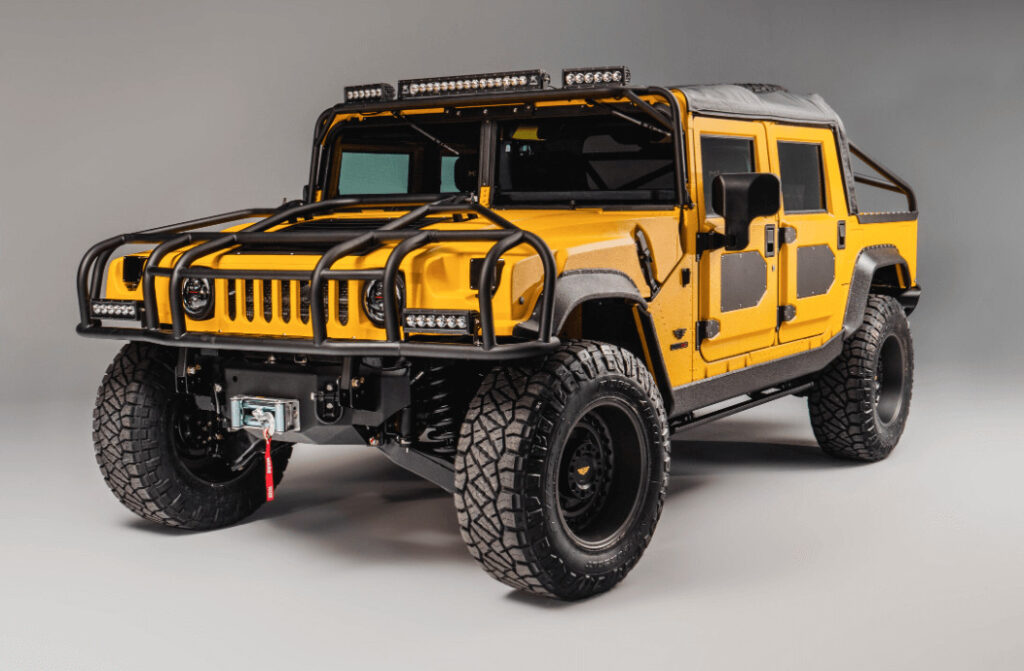
Hummer was always a unique brand within GM. In an effort to cater to the demand for civilian models inspired by the military Humvee, GM acquired the Humvee line from AM General in 1999. The likes of Arnold Schwarzenegger desired these rugged vehicles passionately. However, GM’s focus was mainly on marketing and distributing street versions of the original models made by AM General. Sure, it was a smart play, no question – they were clearly chasing the money.
Nonetheless, the timing for Hummer wasn’t quite right. The H2 and H3 models, although massive and slightly unconventional, had a significant drawback – their insatiable thirst for gasoline. They consumed fuel at an alarming rate, reminiscent of a milkshake disappearing through a straw. This attribute had appealed to Americans until gas prices skyrocketed in 2003.
When the financial crisis struck in 2008, GM had already contemplated selling off Hummer. In 2009, they appeared to have struck a deal with a Chinese company as part of their larger bankruptcy settlement. However, the agreement fell through when it became evident that Hummer would fail to meet Chinese regulations. With no viable alternatives, GM made the difficult decision to discontinue the entire Hummer line in 2010.
But the story doesn’t end there. But Hummer roared back as an electric vehicle. Now, it has embraced the electric revolution, just like the iconic Terminator. After its reputation was tarnished, Hummer’s comeback as an electric vehicle shows the brand is ready for a fresh start. This shows that GM’s Humvee wasn’t their last serious act in the car-making game.
6. Scion
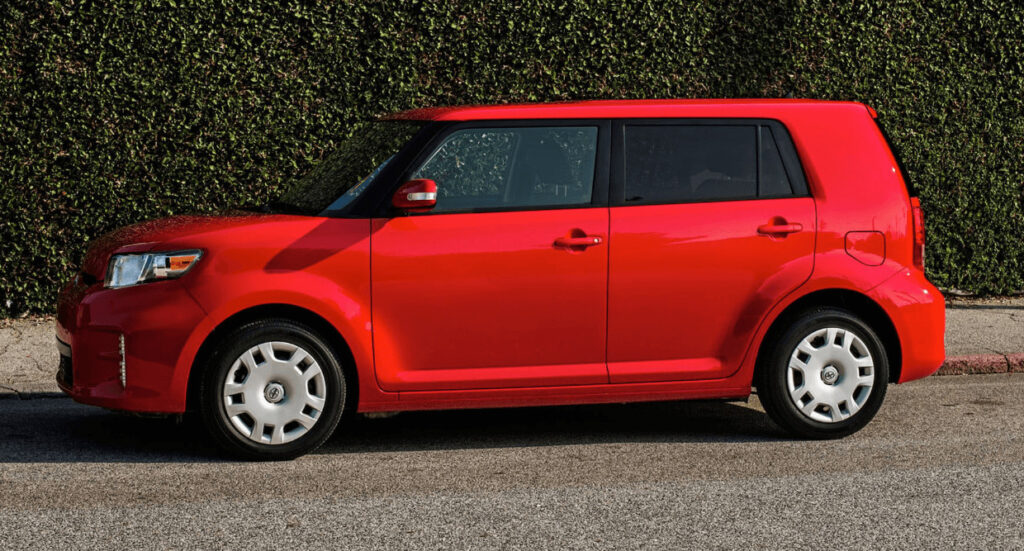
Even Toyota, known for its reliability, experienced missteps with Scion. Introduced in 2002, Scion aimed to appeal to young people by offering affordable cars with MTV-inspired designs. They let you personalize your ride straight from the dealer’s catalog, feeding that hunger for uniqueness. The FRS, which is still being made today, has become a real standout symbol for the brand. However, other Scion models failed to resonate, losing significant customer appeal.
Sales plummeted, and by 2017, Toyota made the difficult choice to discontinue Scion. Some models, such as the Ia and IM, found a new home within the Toyota lineup. Others, like the Scion XB, were laid to rest, taking their place across the Rainbow Bridge, residing in the realm of automotive history.
Reflecting on these car brands that are no more, we mustn’t forget how the auto industry keeps shifting and evolving. Car makers’ fates are heavily influenced by things like economic downturns, shifts in what buyers want, and intense rivalry from other companies.
While some brands faced their demise due to missteps, badge engineering, or declining sales, others managed to adapt and survive. Ford, for instance, steered clear of government assistance during the 2008 financial crisis by making strategic moves beforehand. Ford was able to steer clear of government money during the 2008 crisis because they made some smart moves ahead of time. This let them keep their independence and rebuild public trust.
At the end of the day, it’s clear that the auto industry is a non-stop battle where creative ideas, what buyers want, and having enough money in the bank are crucial to winning. While it’s a bummer to say goodbye to beloved car brands, there’s an undeniable thrill in waiting for the fresh ideas and groundbreaking tech this ever-evolving industry will serve up next.
As we remember the automakers that have gone under, reflecting on their history shows how innovation, responding to consumer demand, and financial management are all crucial to success in the fast-changing auto industry. As we give a nod to these bygone car giants, our eyes light up with the thrill of fresh brands and designs that promise to ignite our passions and keep the wheels of auto evolution turning.
Disclaimer: The writers of this article may have used artificial intelligence to help them with some of the material. It should not be a replacement for professional help.


